Appearances can be deceiving in the animal kingdom. Some creatures look terrifying or have fearsome reputations, but the reality is they’re either harmless or simply uninterested in harming humans. These misunderstood animals might send shivers down your spine, but they’re not the danger they’re made out to be.
1. Goliath Birdeater Spider
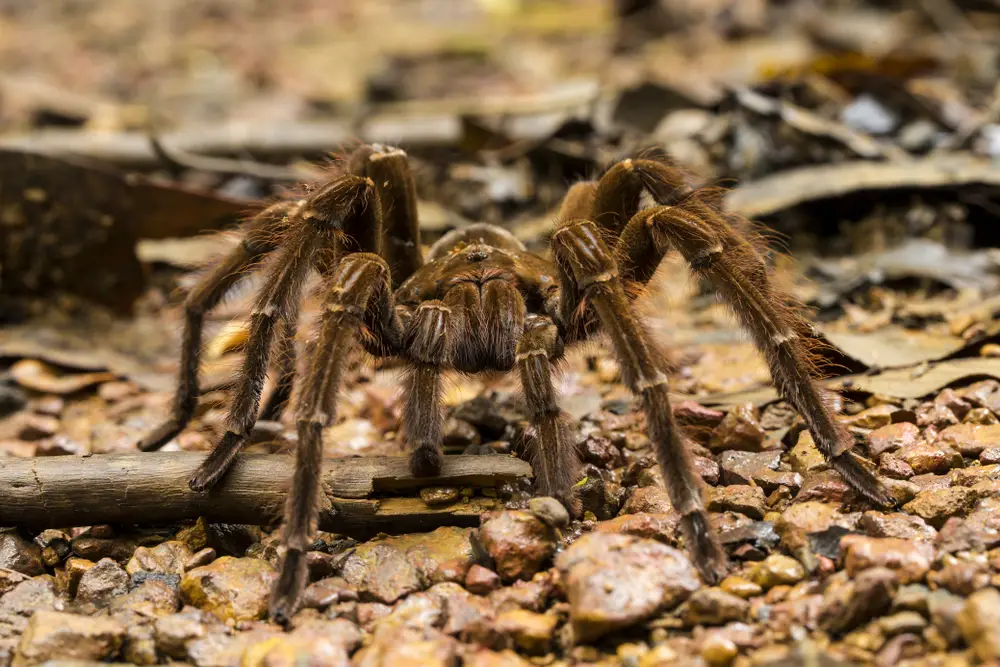
As the world’s largest spider by mass, the Goliath birdeater has an undeniably fearsome reputation. Its sheer size and fangs can terrify even the bravest souls, but it’s mostly harmless to humans. The venom is comparable to a bee sting, and this giant prefers to avoid confrontation, using its size mainly to intimidate predators.
2. Arowana Fish
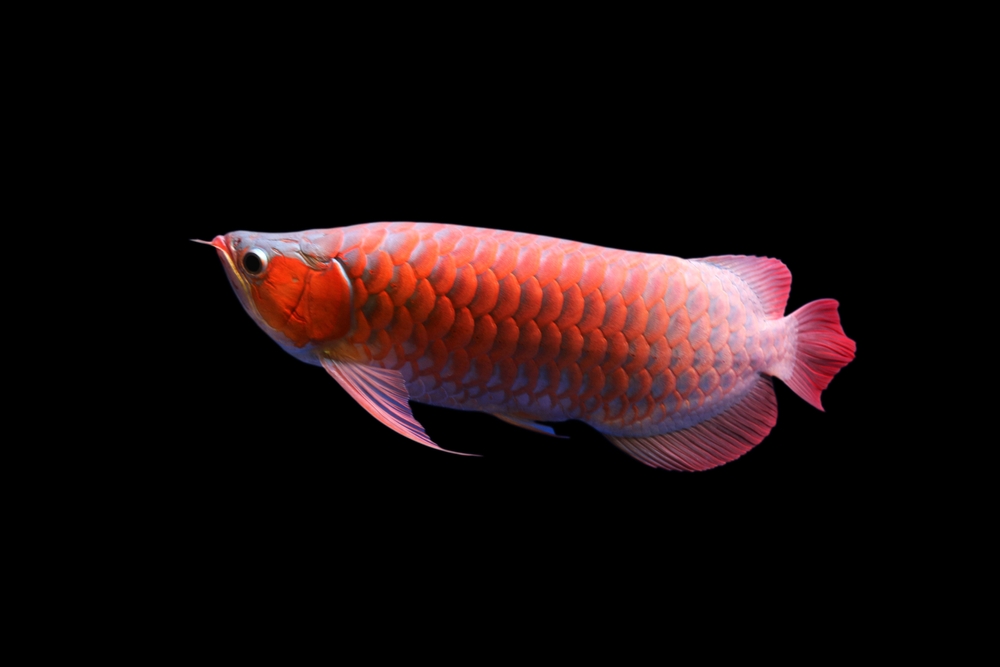
Known as the “dragon fish,” the arowana looks like it swam straight out of a nightmare with its sleek body and sharp teeth. Despite its intimidating appearance, it’s no danger to humans. These freshwater fish are carnivorous, but their diet is limited to smaller aquatic creatures like insects and fish.
3. Tarantula
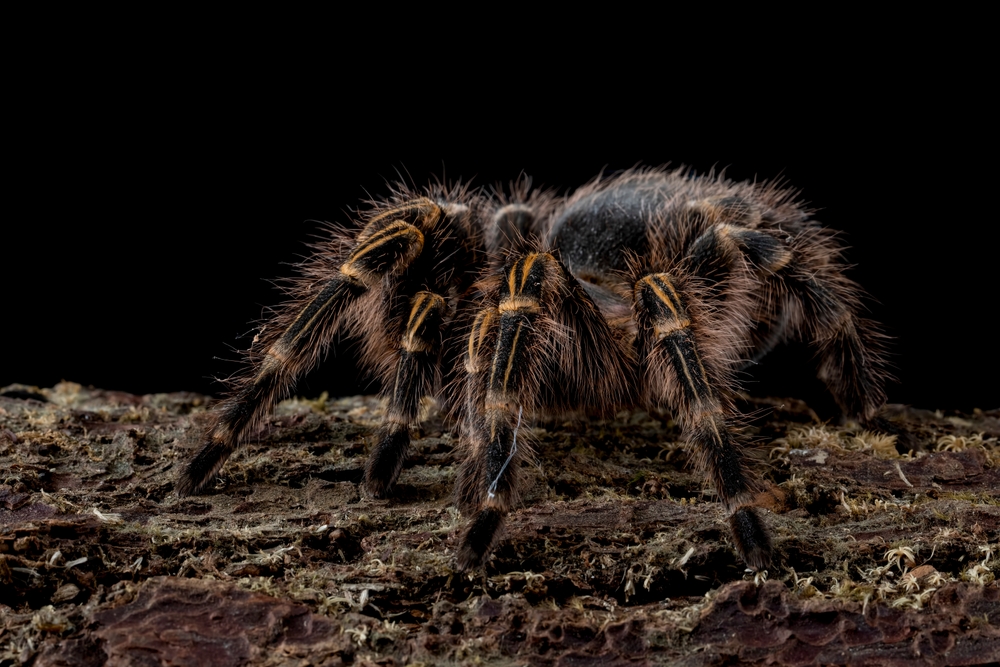
Tarantulas are the stuff of nightmares for arachnophobes, with their hairy bodies and slow, deliberate movements. While they may bite if provoked, their venom is mild and less harmful than a bee sting for humans. Most tarantulas are shy and prefer to flee rather than fight, making them gentle giants of the spider world.
4. Basking Shark
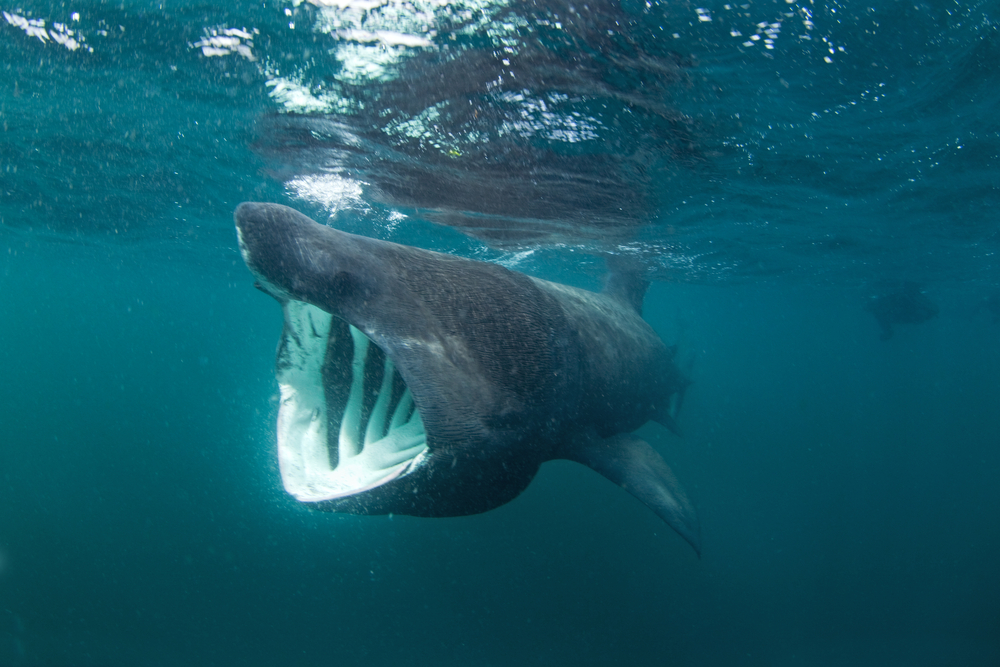
At 33 feet long, the basking shark is the second-largest fish in the ocean and looks like it could swallow you whole. However, this gentle giant is a filter feeder, consuming only plankton. Despite its enormous size and gaping mouth, the basking shark is entirely harmless to humans.
5. Aye-Aye
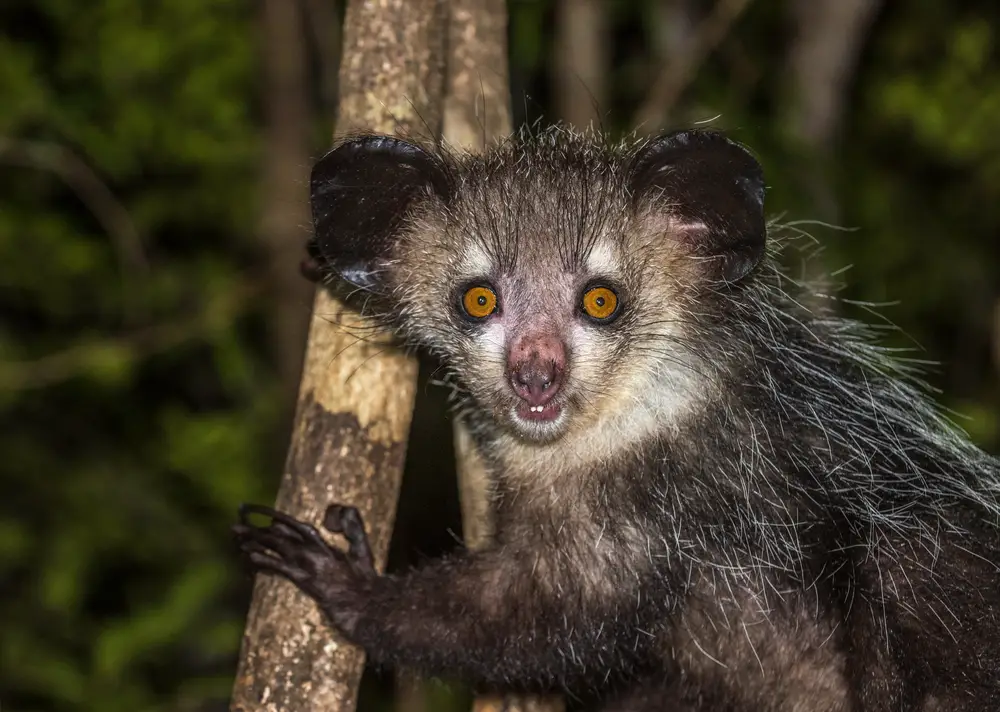
The aye-aye’s skeletal middle finger and large, glowing eyes make it one of the creepiest-looking primates. Often feared in its native Madagascar due to local superstitions, the aye-aye is completely harmless. This nocturnal creature spends nights hunting insects and has no interest in humans.
6. Whale Shark
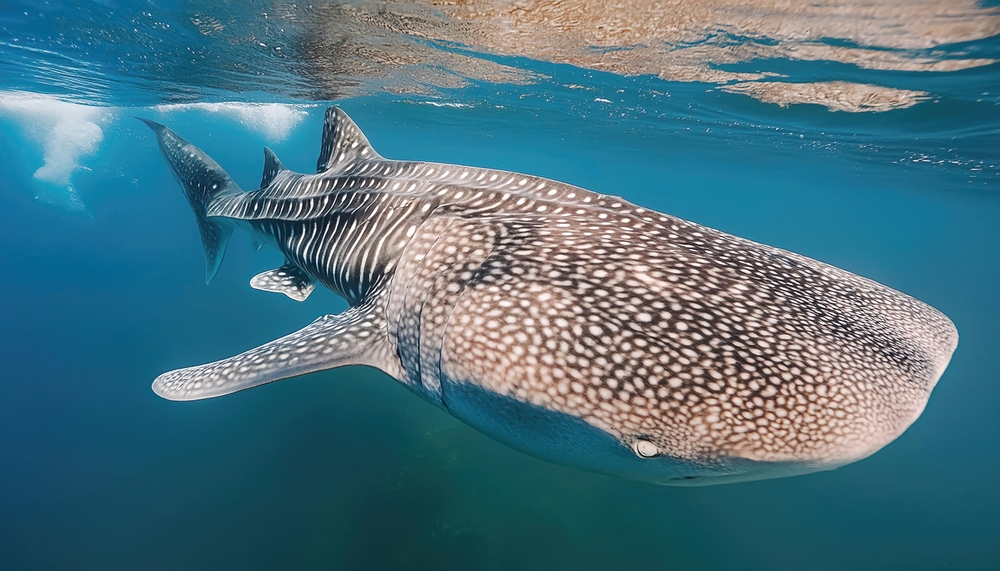
Despite having “shark” in its name and a mouth that can open up to five feet wide, the whale shark is a gentle filter feeder. These massive creatures are known for their calm demeanor and often allow divers to swim alongside them. Their diet consists of plankton, and they pose zero danger to humans.
7. King Snake
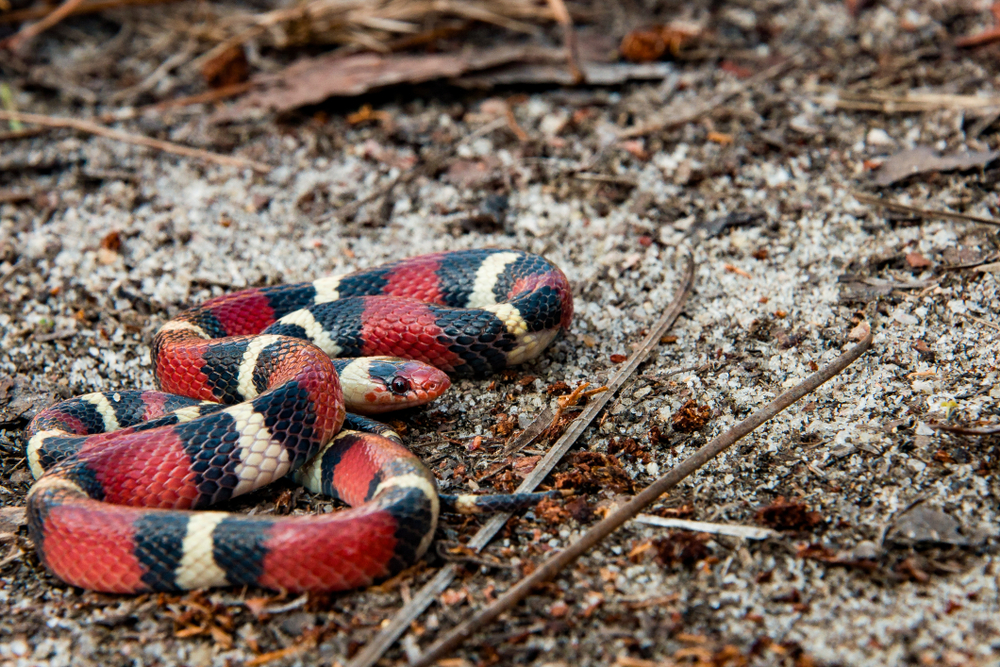
With its bold black, white, and red bands, the king snake is often mistaken for the venomous coral snake. But this nonvenomous reptile is harmless to humans and even beneficial, as it helps control rodent populations. Its vibrant pattern is a classic case of mimicry, designed to deter predators.
8. Giant African Millipede
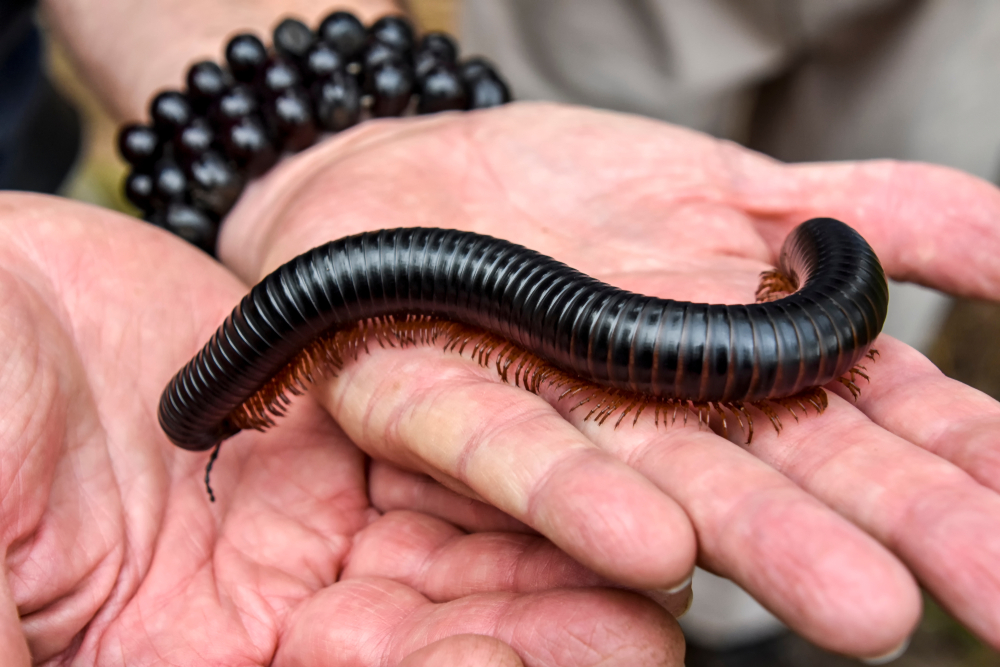
At over 12 inches long, the giant African millipede can look like something out of a sci-fi movie. However, it’s entirely harmless to humans, relying on its hard exoskeleton for protection rather than aggression. This slow-moving herbivore feeds on decaying plants and is more likely to curl up in defense than pose any threat.
9. Vampire Bat
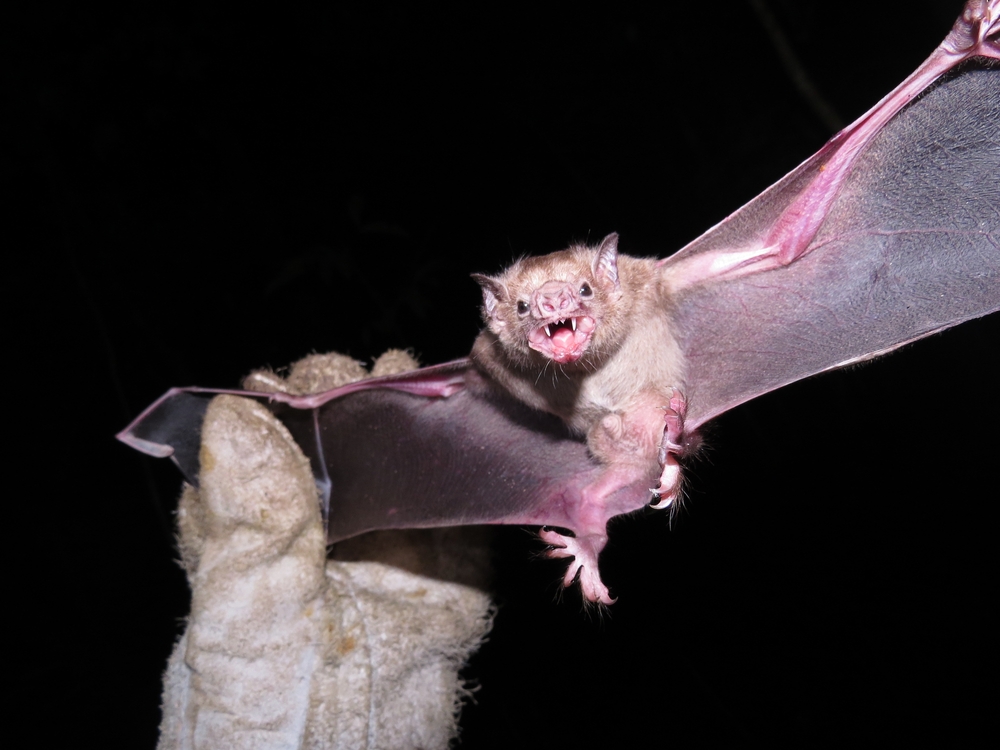
The name alone sends chills down spines, but vampire bats are far less threatening than Hollywood portrays. While they feed on blood, their bites are small, shallow, and painless, often unnoticed by their host animals. They rarely, if ever, interact with humans and pose no significant danger.
10. Manta Ray
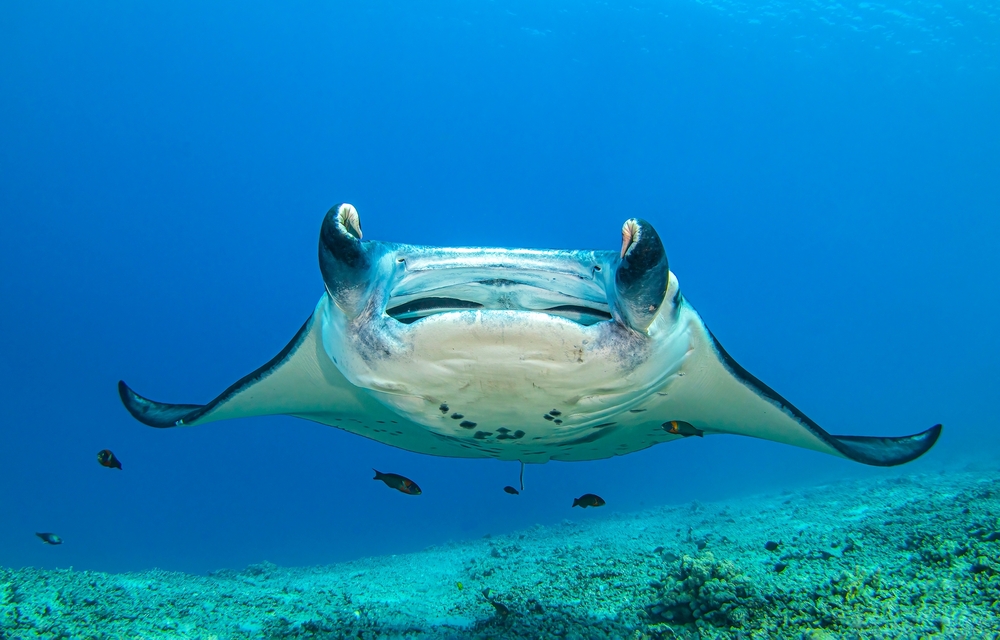
With a wingspan of up to 23 feet, manta rays are one of the most majestic creatures in the ocean. Their size and resemblance to stingrays may cause concern, but they’re filter feeders that consume plankton and small fish. Unlike stingrays, they lack a venomous barb and are completely safe for divers.
11. Camel Spider
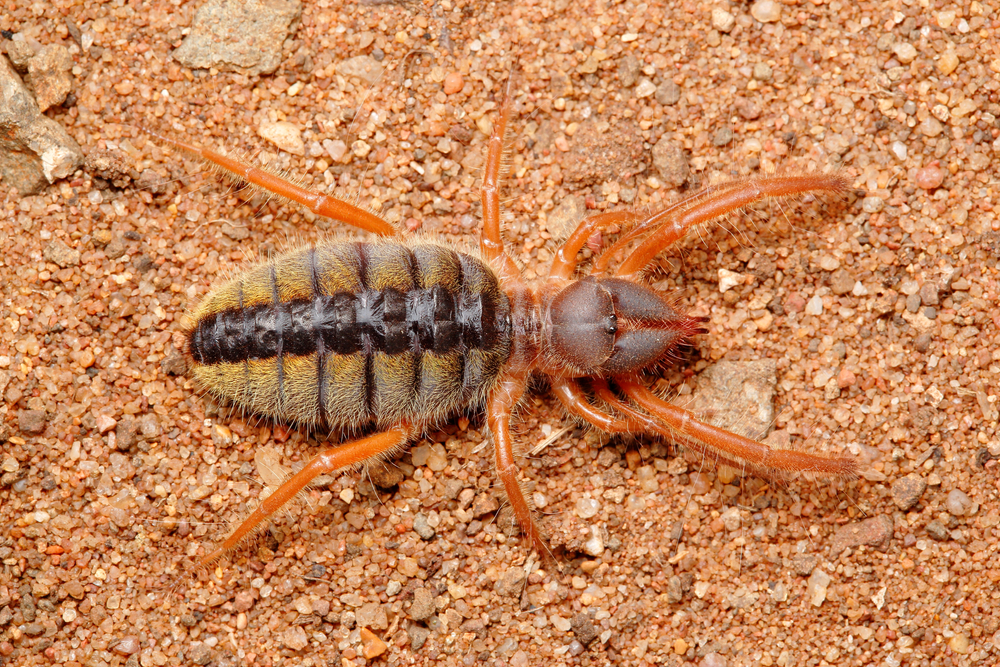
Due to their large size and speed, camel spiders, also called wind scorpions, are the stuff of desert horror stories. Despite myths of them attacking humans, they’re entirely nonvenomous and not true spiders or scorpions. They’re opportunistic feeders focusing on insects and small prey, leaving humans alone.
12. Shoebill Stork
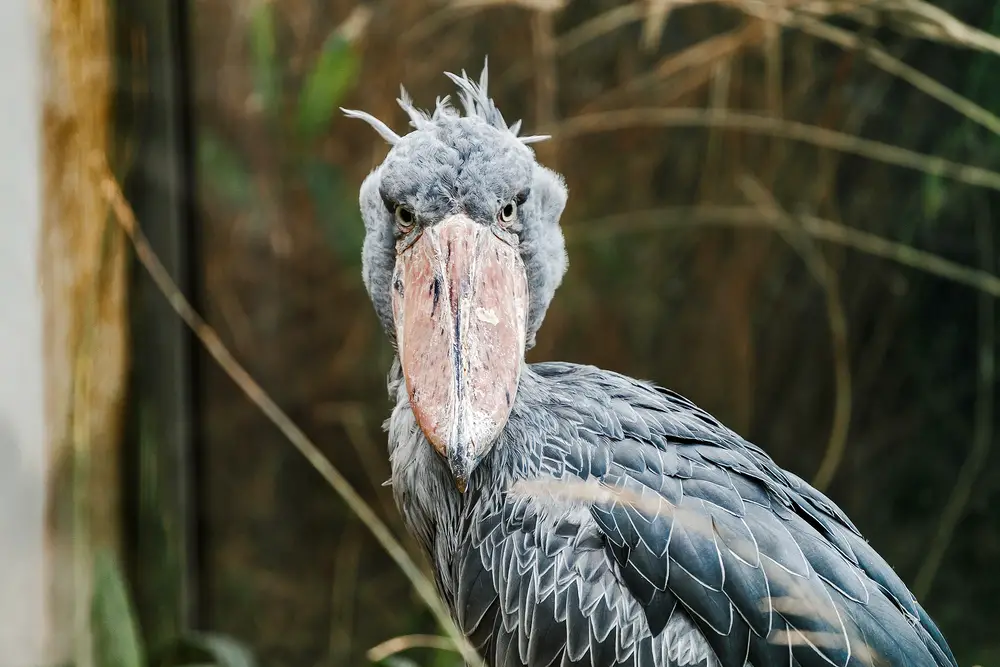
The shoebill stork can look intimidating with its dinosaur-like bill and menacing stare. However, this bird is mostly shy and solitary, spending its time stalking fish in swamps. Its imposing appearance belies its gentle nature, making it a fascinating but harmless species.
13. Gharial
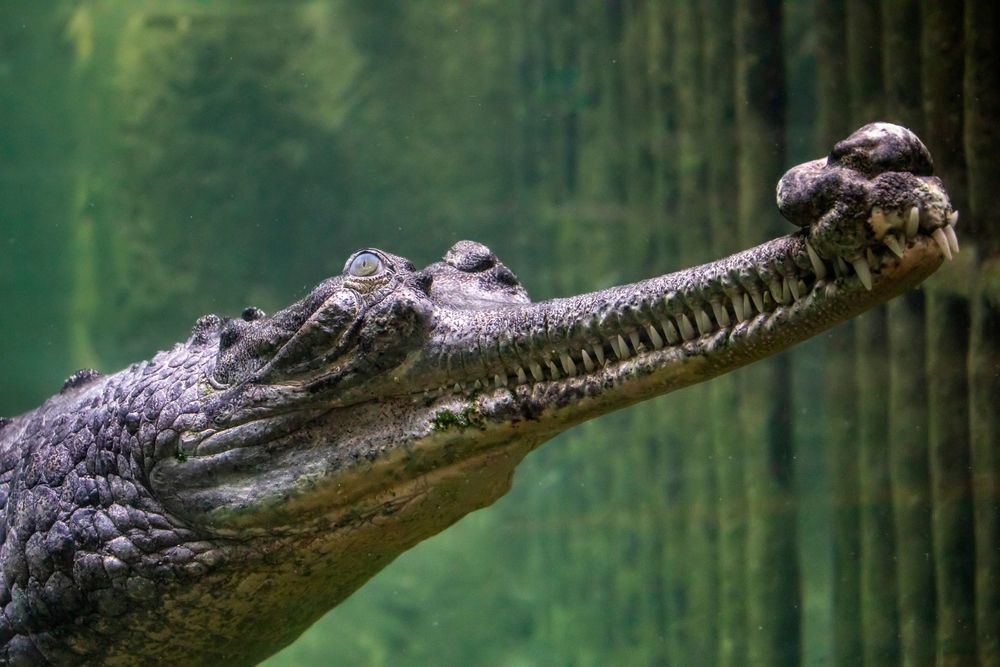
With its long, narrow snout and rows of sharp teeth, the gharial seems like a dangerous predator. But this critically endangered crocodilian is harmless to humans, feeding almost exclusively on fish. Its delicate jaw structure isn’t designed for attacking large prey, making it one of the least aggressive crocodilians.
14. European Hornet
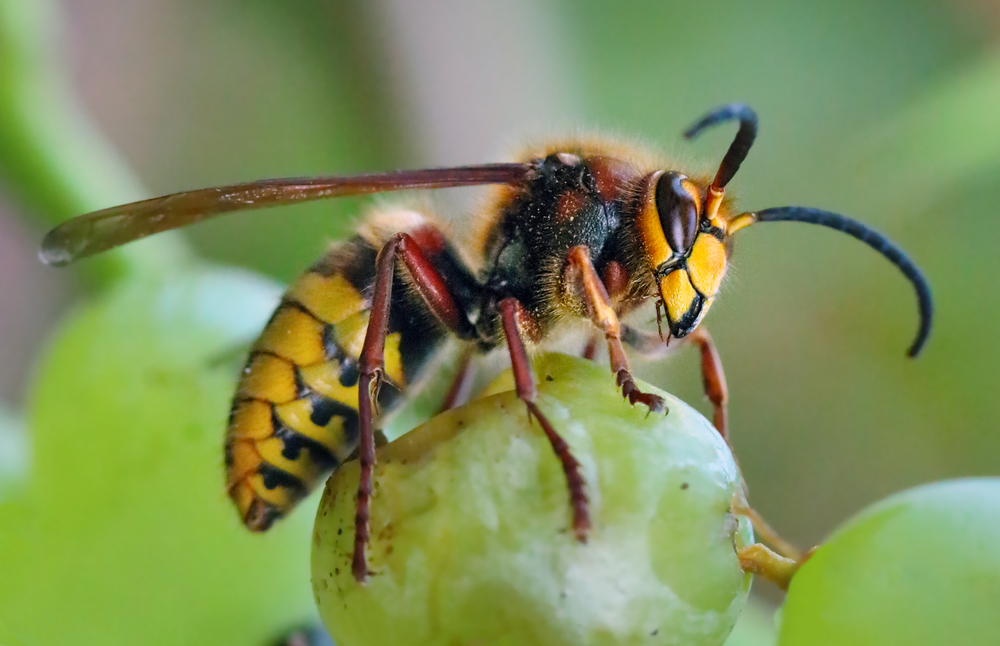
European hornets have an imposing size and loud buzz that can make anyone uneasy. However, these hornets are far less aggressive than their smaller wasp cousins. They rarely sting unless provoked and are more interested in hunting insects and maintaining their nests than interacting with humans.
